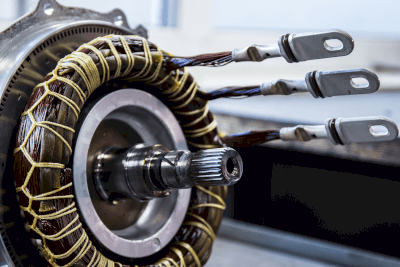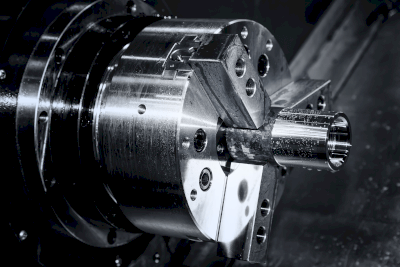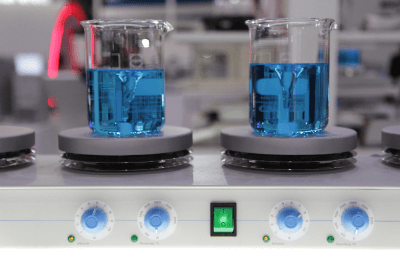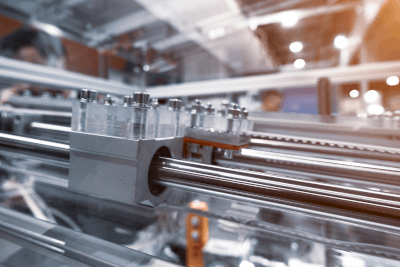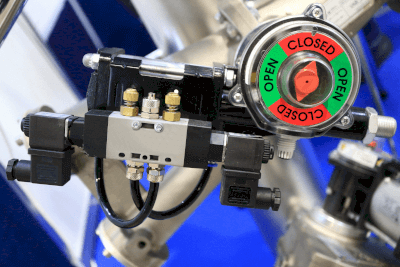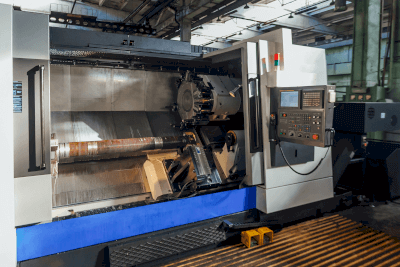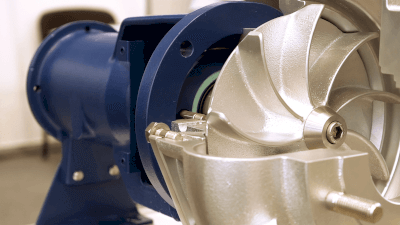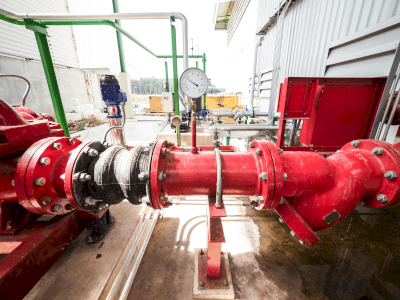What Is a Distance-Measuring Sensor?
A distance-measuring sensor is a device used to measure distances.
They have gained significant use in automated driving systems for automobiles and industrial machinery, and advanced safety systems for collision avoidance. The three primary types of distance-measuring sensors include LiDAR (optical), millimeter wave, and ultrasonic.
Most of these sensors employ a Time of Flight (TOF) mechanism, where a signal is emitted and the time it takes to be received back from the target object is used to measure distance.
Uses of Distance-Measuring Sensors
Distance-measuring sensors are employed differently based on their specific method:
1. LiDAR Method
The LiDAR method, known for its high resolution and accuracy in position and shape recognition, is used in autonomous driving to measure 3D terrain shapes via airplanes and drones, and for object shape recognition. It’s also applied in safety devices for automated guided vehicles to detect obstacle distances, and in systems that identify product shapes and dimensions for automatic sorting.
2. Millimeter Wave Method
The millimeter wave method, notable for its long measurement range and environmental resilience, is used in human detection sensors for movement monitoring within a certain range and in security applications. It’s also employed in adaptive cruise control, collision reduction braking systems, and blind-spot monitors for lane change assistance on highways.
3. Ultrasonic
The ultrasonic method, a cost-effective option, is limited to shorter detection distances of about 10 meters. It’s suitable for motion sensors that activate lights upon detecting a person, for package detection on conveyors, and for car parking obstacle detection.
4. Stereo Camera
Stereo cameras, functioning as distance-measuring sensors, calculate distance from images. Often used in conjunction with millimeter-wave sensors in driver assistance systems, they provide image-based judgment alongside distance measurement.
Principle of Distance-Measuring Sensors
Many sensors use the Time of Flight (TOF) mechanism, where distance is gauged by the time taken for a signal to be sent and received from the target object, depending on the method.
1. LiDAR Method
The LiDAR method uses laser light, which may be visible, ultraviolet, or near-infrared. Distance is calculated by emitting laser pulses and measuring the time to receive reflected light. It is highly precise, detecting small objects accurately, but less suitable for transparent or dusty environments and complex lighting conditions.
2. Millimeter Wave Method
Employing electromagnetic waves in the millimeter wave spectrum, this method comes in pulse and FMCW systems. Pulse systems calculate the distance from the time taken for reflected radio waves to return, while FMCW systems use frequency variation over time and the beat frequency from transmitted and reflected signal interference. This method is effective over long distances, resistant to bright and dusty environments, but less effective with radio wave-absorbing materials.
3. Ultrasonic Method
This method transmits ultrasonic pulses and calculates the distance from the time taken for reflections to return. It’s cost-effective and works in various mediums, but its range is limited to 10 meters, and it’s less effective with sound-absorbing materials.
4. Stereo Camera
Stereo cameras use dual cameras to capture images and gather positional data. The distance to the object is determined by triangulation using the cameras’ positional information. However, image data collection is challenging in dark or strongly backlit environments, affecting detection accuracy.
Other Information on Distance-Measuring Sensors
Familiar Distance-Measuring Sensor Applications
Smartphones often incorporate ToF sensors as distance-measuring sensors. This technology enhances autofocus accuracy in smartphone cameras by precisely calculating the distance between the subject and camera, even in challenging focus environments. It enables 2D images to be processed as 3D data, improving object recognition accuracy in images, with significant potential in virtual and augmented reality technologies.
